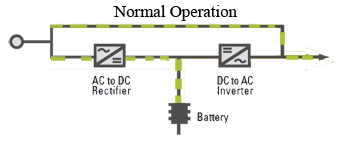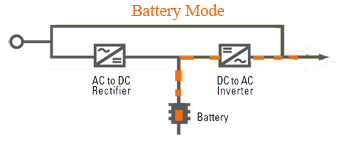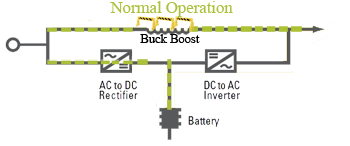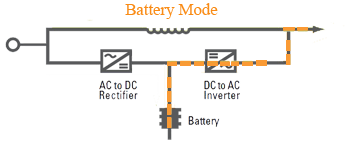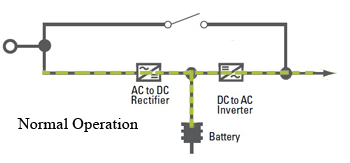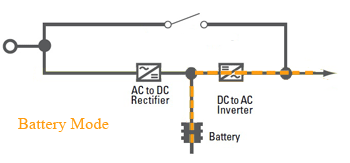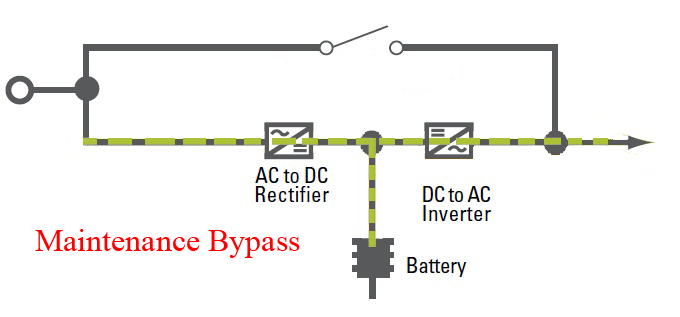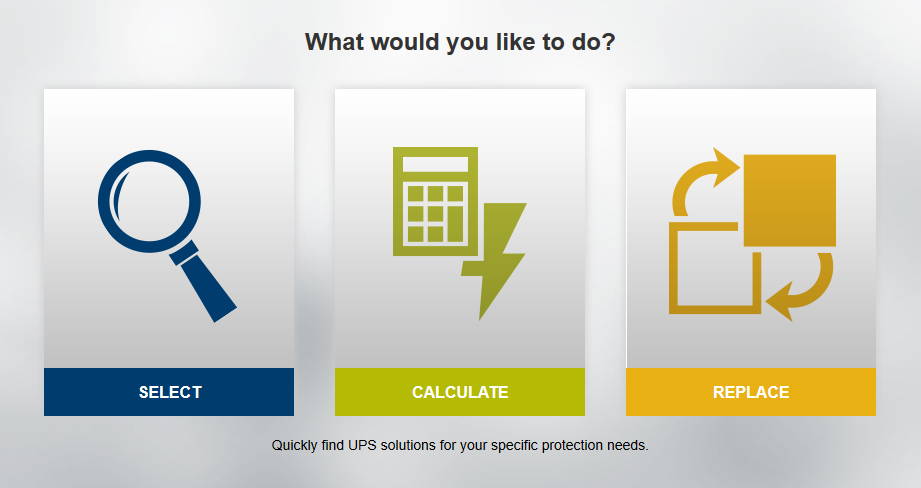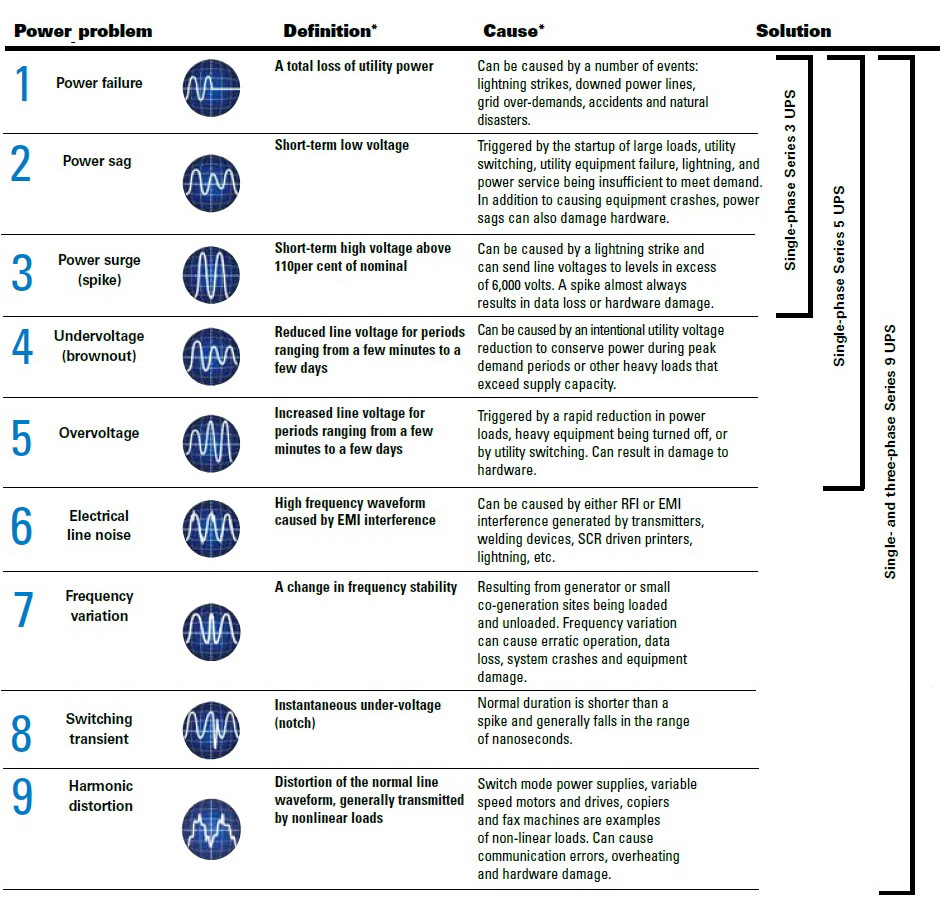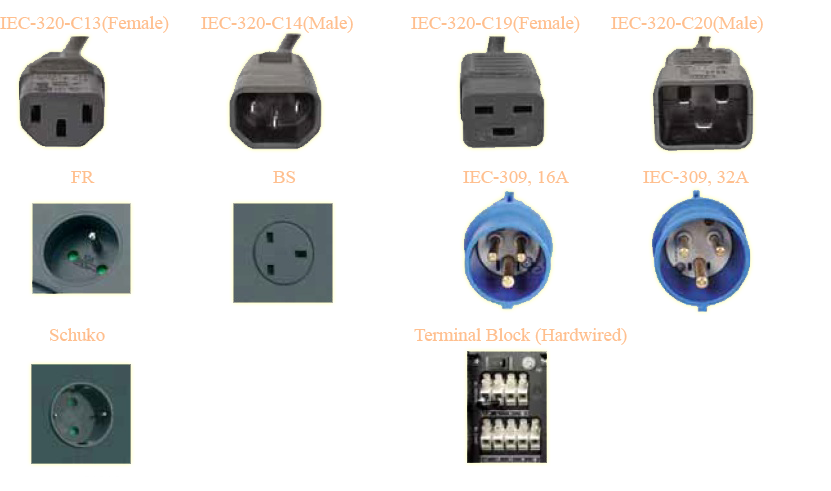The world’s demand for power is growing, but our natural resources are not. At Eaton, they help customers solve many of today’s most urgent energy and environmental challenges to build a more powerful tomorrow.
Eaton, a power management company, provides energy-efficient solutions that help customers effectively manage electrical power more efficiently, safely and sustain-ably. They are dedicated to ensuring that reliable, efficient and safe power is available when it’s needed most. A leading provider of quality backup power UPS (Uninterruptible Power Supply), Eaton manufactures UPSs that are designed to deliver high quality backup power to desktop PCs up to large data centers.
With unparalleled knowledge of electrical power management across industries, experts at Eaton deliver customized, integrated solutions to solve customers’ most critical challenges. Their focus is to deliver the right solution for any application and unwavering commitment to personal support that makes customer success a top priority.
UNINTERRUPTIBLE POWER SUPPLY
An uninterruptible power supply, also uninterruptible power source, UPS or battery/flywheel backup, is an electrical apparatus that provides emergency power to a load when the input power source, typically mains power, fails. A UPS differs from an auxiliary or emergency power system or standby generator in that it will provide near-instantaneous protection from input power interruptions, by supplying energy stored in batteries, supercapacitors, or flywheels. The on-battery runtime of most uninterruptible power sources is relatively short (only a few minutes) but sufficient to start a standby power source or properly shut down the protected equipment.
A UPS is typically used to protect hardware such as computers, data centers, telecommunication equipment or other electrical equipment where an unexpected power disruption could cause injuries, fatalities, serious business disruption or data loss
Topology
The three general categories of modern UPS systems are on-line, line-interactive and offline or standby. An on-line UPS uses a “double conversion” method of accepting AC input, rectifying to DC for passing through the rechargeable battery (or battery strings), then inverting back to 120 V/230 V AC for powering the protected equipment. A line-interactive UPS maintains the inverter in line and redirects the battery’s DC current path from the normal charging mode to supplying current when power is lost. In a standby (“off-line”) system the load is powered directly by the input power and the backup power circuitry is only invoked when the utility power fails. Most UPS below 1 kVA are of the line-interactive or standby variety which are usually less expensive.
Offline/Standby
The offline/standby UPS (SPS) offers only the most basic features, providing surge protection and battery backup. The protected equipment is normally connected directly to incoming utility power. When the incoming voltage falls below or rises above a predetermined level the SPS turns on its internal DC-AC inverter circuitry, which is powered from an internal storage battery. The UPS then mechanically switches the connected equipment on to its DC-AC inverter output. The switchover time can be as long as 25 milliseconds depending on the amount of time it takes the standby UPS to detect the lost utility voltage. The UPS will be designed to power certain equipment, such as a personal computer, without any objectionable dip or brownout to that device.
Line-interactive
The line-interactive UPS is similar in operation to a standby UPS, but with the addition of a multi-tap variable-voltage autotransformer. This is a special type of transformer that can add or subtract powered coils of wire, thereby increasing or decreasing the magnetic field and the output voltage of the transformer. This is also known as a Buck–boost transformer.
This type of UPS is able to tolerate continuous undervoltage brownouts and overvoltage surges without consuming the limited reserve battery power. It instead compensates by automatically selecting different power taps on the autotransformer. Depending on the design, changing the autotransformer tap can cause a very brief output power disruption,which may cause UPSs equipped with a power-loss alarm to “chirp” for a moment.
This has become popular even in the cheapest UPSs because it takes advantage of components already included. The main 50/60 Hz transformer used to convert between line voltage and battery voltage needs to provide two slightly different turns ratios: One to convert the battery output voltage (typically a multiple of 12 V) to line voltage, and a second one to convert the line voltage to a slightly higher battery charging voltage (such as a multiple of 14 V). The difference between the two voltages is because charging a battery requires a delta voltage (up to 13–14 V for charging a 12 V battery). Furthermore, it is easier to do the switching on the line-voltage side of the transformer because of the lower currents on that side.
To gain the buck/boost feature, all that is required is two separate switches so that the AC input can be connected to one of the two primary taps, while the load is connected to the other, thus using the main transformer’s primary windings as an autotransformer. The battery can still be charged while “bucking” an overvoltage, but while “boosting” an undervoltage, the transformer output is too low to charge the batteries.
Online
In an online UPS, the batteries are always connected to the inverter, so that no power transfer switches are necessary. When power loss occurs, the rectifier simply drops out of the circuit and the batteries keep the power steady and unchanged. When power is restored, the rectifier resumes carrying most of the load and begins charging the batteries, though the charging current may be limited to prevent the high-power rectifier from overheating the batteries and boiling off the electrolyte. The main advantage of an on-line UPS is its ability to provide an “electrical firewall” between the incoming utility power and sensitive electronic equipment.
The online UPS is ideal for environments where electrical isolation is necessary or for equipment that is very sensitive to power fluctuations. Although once previously reserved for very large installations of 10 kW or more, advances in technology have now permitted it to be available as a common consumer device, supplying 500 W or less. The initial cost of the online UPS may be higher, but its total cost of ownership is generally lower due to longer battery life. The online UPS may be necessary when the power environment is “noisy”, when utility power sags, outages and other anomalies are frequent, when protection of sensitive IT equipment loads is required, or when operation from an extended-run backup generator is necessary.
The basic technology of the online UPS is the same as in a standby or line-interactive UPS. However it typically costs much more, due to it having a much greater current AC-to-DC battery-charger/rectifier, and with the rectifier and inverter designed to run continuously with improved cooling systems. It is called a double-conversion UPS due to the rectifier directly driving the inverter, even when powered from normal AC current.
Power Management Software
NINE POWER PROBLEMS
Eaton UPSs address all of the nine common power protection problems described below. They are designed to meet the power protection, distribution and management needs of offices, computer networks, data centres as well as in the telecommunications, healthcare and industrial markets. For small office/home office (SOHO) applications, Eaton offers low-cost solutions such as the Eaton 3S and Eaton Ellipse ECO UPS for the protection of general desktop systems. For safeguarding mission-critical systems like network servers and power-hungry blade servers, Eaton’s offering includes line-interactive and online UPSs such as the Eaton 5PX, 9130, Evolution, EX, MX, MX Frame, 9155, 9355, 9390, 9395 and Blade UPS.
FORM FACTOR
Because UPSs are used for many different applications – ranging from desktop systems to large data centres – they come in a wide variety of form factors.
INPUT PLUGS & OUTPUT OUTLETS
When your customer receives a UPS, they should be able to plug it in right away. If a customer receives a UPS and can’t plug it into the wall socket, or can’t plug their equipment into the UPS, you’ve got a problem.
BATTERY
It’s a well-known fact that the battery is the most vulnerable part of a UPS. In fact, battery failure is a leading cause of load loss. Understanding how to properly maintain and manage UPS batteries can not only extend battery service life, but can also help prevent costly downtime.


